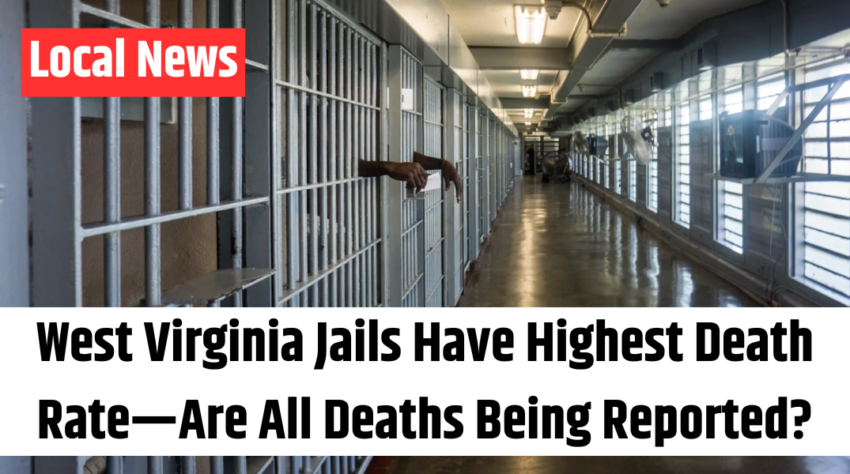West Virginia’s regional jails have faced a disturbing trend of inmate deaths, with conditions that far exceed national averages in severity. A 2020 Reuters investigation revealed that from 2009 to 2019, the state’s jail death rate was more than 50% higher than the rest of the country. Years later, the crisis persists, fueled by overcrowding, inadequate medical care, and a lack of transparency.
Alarming Death Rates Behind Bars
Between 2008 and 2019, 115 individuals died while incarcerated in West Virginia’s ten regional jails. The leading causes of death were suicide, homicide, and drug or alcohol overdoses—each occurring at significantly higher rates than in other states. Overdose deaths, in particular, were nearly three times the national average, while suicides and homicides were also far more frequent.
Tragically, the majority of those who died—around 66%—had not even been convicted of a crime. They were awaiting trial, unable to afford bail, and left vulnerable in an unsafe system. More than half of all deaths occurred within the first 30 days of incarceration, highlighting the dangerous conditions faced by new detainees.
Also Read – Exclusive: Gov. Morrisey Discusses WV Challenges & Priorities on 12 News
Overcrowding and a Failing System
West Virginia’s jails have been operating at or above capacity for years. In eight of the last eleven years, facilities have housed more inmates than they were designed to hold, worsening the crisis. Overcrowding strains resources, reduces access to healthcare, and increases tensions, creating a dangerous environment for those behind bars.
Despite the urgent need for reform, oversight has been lacking. In 2023, state lawmakers approved the creation of an Inspector General position to monitor the Division of Corrections and Rehabilitation. However, two years later, no public reports have been released, leaving families and advocates in the dark. When deaths occur in custody, officials do not issue public statements, and the only way to obtain information is through formal records requests—making it difficult to track the true scope of the crisis.
The Role of Pretrial Detention
One of the key factors driving jail overcrowding is the large number of pretrial detainees—people held in jail simply because they cannot afford bail. On any given day, over half of the state’s incarcerated population consists of individuals awaiting trial. Recent legislative changes have made it even harder for detainees to get their bail reviewed, forcing many to remain locked up for extended periods.
At the same time, lawmakers have introduced hundreds of bills seeking to expand criminal penalties or create new offenses, which could further swell jail populations. Without meaningful reforms, including improved bond review policies and measures to reduce unnecessary pretrial detention, the crisis is likely to worsen.
West Virginia faces a crucial decision: continue on its current path or implement changes to address overcrowding, improve oversight, and reduce preventable deaths. The lives of those behind bars—many of whom have yet to be convicted—depend on it.
